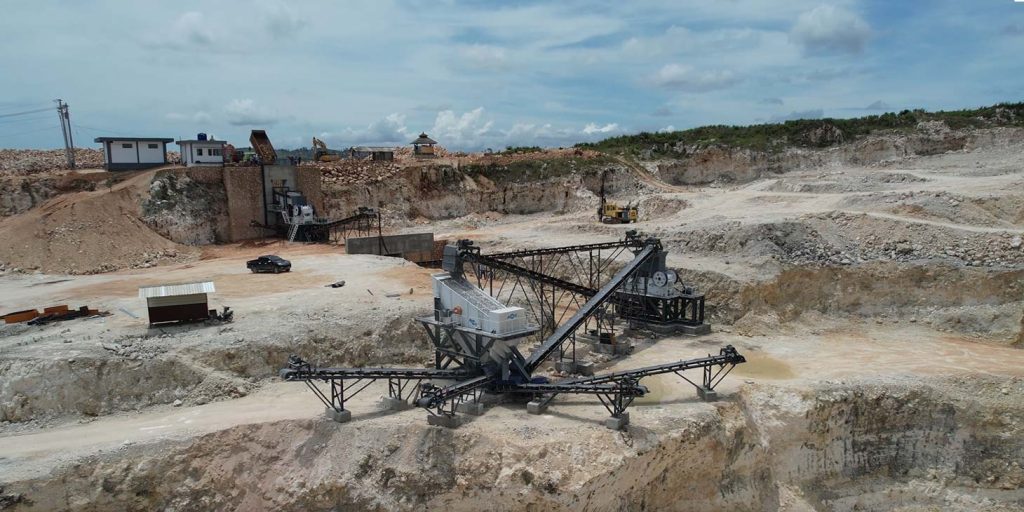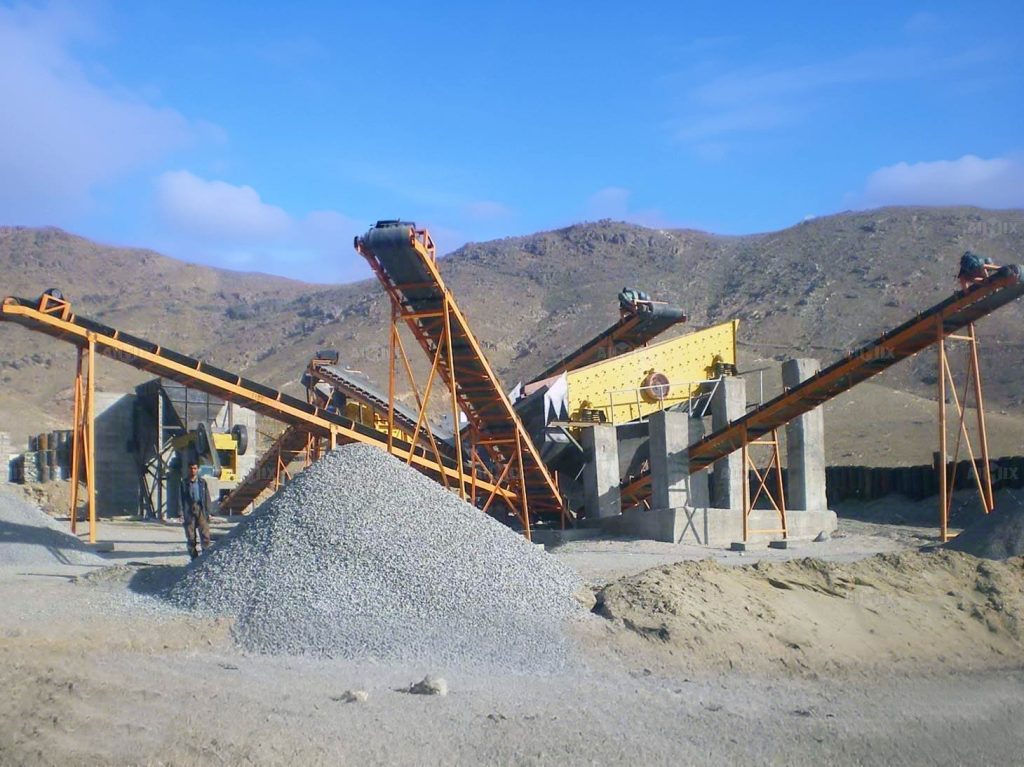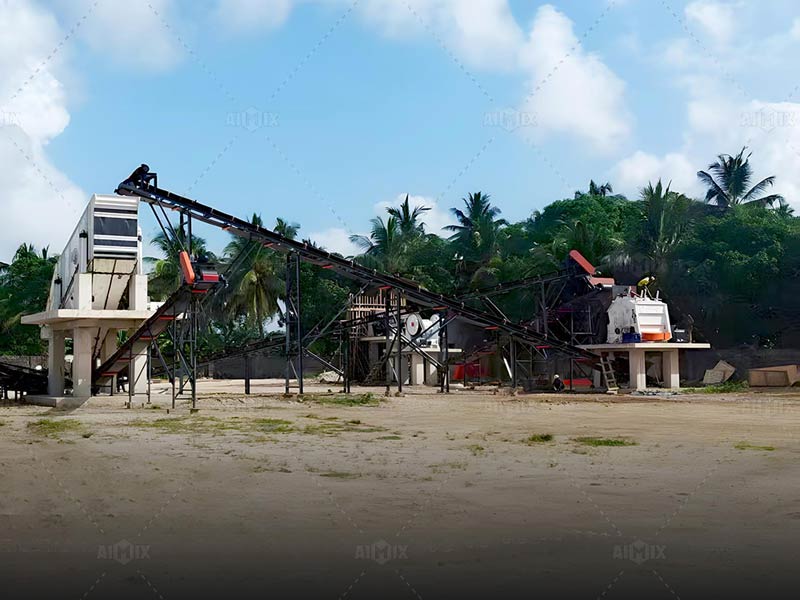The production of high-quality limestone aggregates in the 5–35mm range requires meticulous planning and execution. This specific size fraction serves as the backbone for numerous construction applications, from ready-mix concrete to road base materials. Designing an efficient crusher plant to consistently deliver these aggregates involves balancing multiple technical and operational factors, each influencing the final product’s gradation, shape, and purity. Unlike general crushing operations, producing this mid-range aggregate demands specialized equipment configurations and process controls to meet exacting specifications.
Modern aggregate producers face increasing pressure to optimize their crushing circuits for both productivity and sustainability. The ideal limestone crusher plant must not only achieve precise particle size distribution but also minimize energy consumption and environmental impact. From feed material characteristics to final product stockpiling, every stage in the crushing process presents opportunities to enhance efficiency or introduce quality compromises. Understanding these variables separates adequate crushing operations from exceptional ones that deliver consistent, specification-grade aggregates.

Feed Material Analysis and Preparation
Geological Characterization
Comprehensive petrographic analysis of the limestone deposit should precede plant design. The rock’s compressive strength, abrasiveness, and natural fracture patterns directly influence crusher selection and wear part longevity. Deposits with high clay content may require additional pre-processing to prevent downstream equipment clogging and maintain aggregate cleanliness.
Primary Crushing Configuration
Jaw crushers remain the workhorse for initial size reduction, but their discharge setting must be carefully calibrated. For 5–35mm aggregate production, the primary stage typically reduces feed material to 150–200mm, creating an optimal feed size for secondary processing. Grizzly screens before the primary jaw crusher improve efficiency by removing undersized material that would otherwise reduce throughput.

Crushing Circuit Optimization
Secondary Crushing Selection
Cone crushers with hydroset adjustment systems excel in producing the 20–35mm fraction, while impact crushers better shape the 5–20mm particles. Modern stone crusher plants often combine both technologies in parallel circuits, allowing operators to balance production between different size fractions based on market demand. The crusher machine’s chamber design and speed significantly influence particle shape and fines generation.
Tertiary Crushing and Screening
Vertical shaft impactors (VSIs) provide final particle shaping for premium aggregates. Their high-speed rotors fracture particles along natural cleavage planes, creating cubical products ideal for concrete applications. Multi-deck screens with precision-cut apertures ensure strict adherence to the 5–35mm specification, with oversize material automatically recirculated through closed-loop systems.

Plant Layout and Operational Efficiency
Material Flow Engineering
Strategic placement of transfer points and conveyor angles minimizes particle degradation and dust generation. Well-designed crusher plants feature gradual material descent between processing stages, reducing impact damage that creates unwanted fines. The crusher machine’s location relative to screens and stockpiles affects both energy efficiency and maintenance accessibility.
Dust Control and Environmental Compliance
Modern limestone crushing plants incorporate multi-stage filtration, combining wet suppression systems with baghouse collectors. These systems target dust at each generation point—from primary crusher discharge to final product stacking. Advanced facilities now use sensor-activated sprayers that only engage when material movement is detected, reducing water consumption in arid regions.
Quality Control Systems
Automated Gradation Monitoring
Laser-based particle analyzers provide real-time size distribution data, allowing immediate adjustments to crusher settings. These systems often integrate with crushing plant control software to automatically maintain product specifications despite variations in feed material. The crusher machine’s performance metrics become part of a continuous quality feedback loop.
Stockpile Management
Segregated storage of size fractions enables precise blending to meet customer requirements. Radial stackers with telescoping conveyors create concentric stockpiles that minimize particle separation, while covered storage preserves aggregate quality in humid climates. Some advanced plants employ automated reclaim systems that proportionally draw from different stockpile zones to maintain consistent blend characteristics.
Designing a limestone crusher plant for 5–35mm aggregate production demands more than equipment selection—it requires holistic system thinking. From the primary crusher machine’s first bite to the final product stacking, each process interconnects to influence the aggregate’s quality characteristics. Successful operations balance throughput requirements with particle shape optimization, energy efficiency with product consistency, and capital costs with long-term maintenance requirements. As construction specifications become increasingly stringent, crusher plants that master these considerations will lead the market in both product quality and operational sustainability.